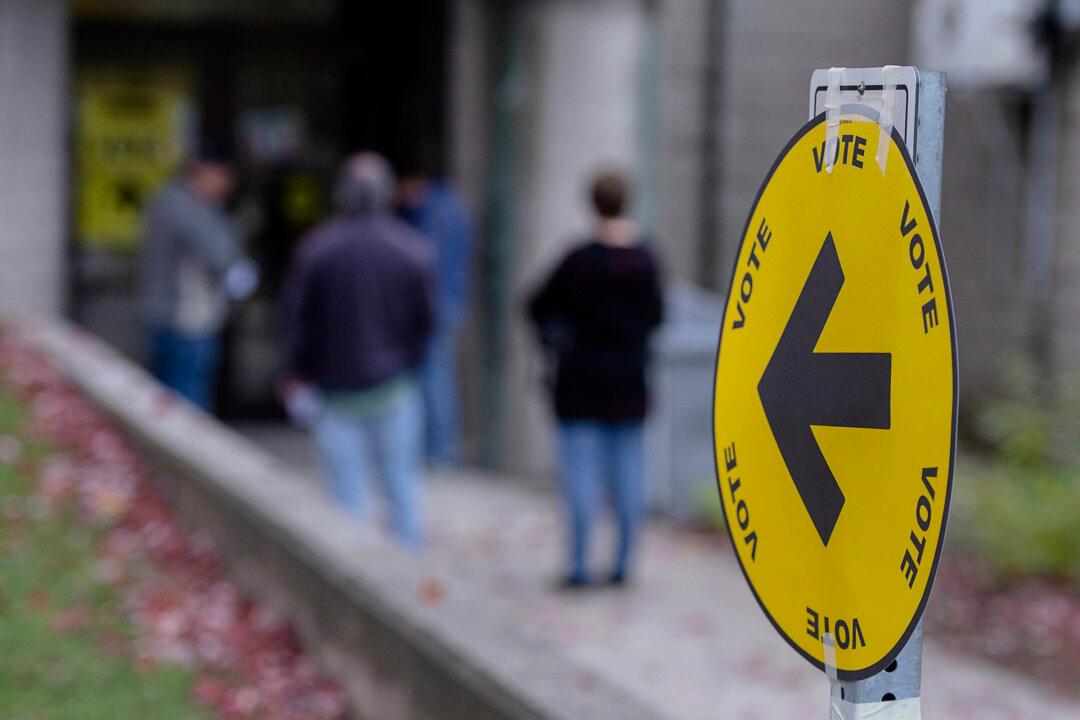Commentary
While we will finally be looking at the COVID-19 pandemic in the rear-view mirror in 2023, we still have the consequences of the pandemic and government responses to it to deal with. North America had already been struggling to deal with the growth in opioid addiction prior to 2021. The increase in addiction rates and overdoses exploded during the pandemic.
Every province in Canada has been battling the opioid epidemic. It’s estimated over 32,600 people have died from opioid overdoses since 2016. Ontario, B.C., and Alberta stand out
with 90 percent of all fatal overdoses happening in those three provinces.
B.C. and Alberta have taken different approaches to try to control the opioid epidemic. B.C. has elected to follow the example of other West Coast cities and focus on harm reduction and the provision of safe supplies of drugs. Alberta has kept its focus on intervention, prevention, and treatment of addiction. The numbers are now coming in, and the outcomes in each province are strikingly different.
B.C.’s government has worked toward a decriminalization approach to illicit drugs. The hypothesis is that addicted people can maintain productive lives if only they could get a safe supply of their drugs and could consume them safely. The province has even looked the other way as activists with a group called the Drug Liberation Front have been
handing out small doses of cocaine, heroin, and methamphetamine to addicts on Vancouver’s Downtown Eastside.
There is no such thing as a “safe supply” of methamphetamine or heroin, and the dramatic rise in overdoses in B.C. tells that tale. The number of fatal overdoses in B.C. continues to rise and set new national records,
soaring from 20.4 for every 100,000 people in 2016 to 43.6 in 2021. Canada’s national average is 20.5 deaths per 100,000. Enabling addicts has only led to an increase in addictions and overdoses.
Non-fatal
overdose responses in B.C. went from 19,275 in 2016 to 35,525 in 2021. Safe consumption sites and distribution of drugs such as naloxone have prevented many fatal overdoses. Unless the addicts are treated, however, they will often continue to overdose until a fatal event occurs.
Oregon learned this lesson when it decriminalized hard drugs and took a liberal approach to provide what it called a safe supply. Fatal overdoses in the state went from
280 in 2019 to 745 in 2021. How bad do things have to get before enough people realize addiction enablement policies don’t work?
People often point to Portugal and the success of its drug decriminalization policies. What people overlook though is Portugal coupled its policies with a highly developed treatment system that encourages addicts to get clean, and offers support in doing so.
That brings us to Alberta, where former premier Jason Kenney took a treatment-based approach to addiction. In 2019 Kenney promised an expansion of treatment facilities, and by the end of
2021 8,000 treatment spaces were available annually in the province. B.C. on the other hand has
only funded 3,261 spaces for treatment despite a higher population and a more acute addiction problem.
Kenney also stood up to enablement advocates pushing for an expansion of consumption sites and supply. The city of Lethbridge was touted as a safe consumption site success as it had 670 visits per day. Funding was pulled from the site due to
spending irregularities and excessive compensation being directed to the executives managing the facility. Within three weeks of the closure of the facility, the government reported a 36 percent decline in opioid-related emergency calls and a “
modest decrease” in overdose fatalities.
Now for the good news.
The investment in treatment facilities appears to be paying off in Alberta, as overdose deaths fell by
47 percent in the first half of 2022. While six months is a short period of measurement, the drop in deaths is significant and in stark contrast to B.C.’s grim statistics.
The Alberta government is advertising and promoting addiction treatment facilities being immediately available and at no cost to patients. As with any illness, early treatment and intervention are essential, and Alberta is ensuring nobody is turned away if they are in need. The high cost of treatment and lack of beds had prevented many addicts from seeking help before.
Canada now has two jurisdictions taking differing approaches to the opioid epidemic. One is clearly showing signs of success while the other is clearly failing.
Political leaders and advocates need to set aside their ideological biases and look at what works. Enablement policies only lead to more addiction and deaths, while expanded treatment options are reducing the carnage.
Although Kenney’s tenure as Alberta’s premier was tumultuous and short, he may have the legacy of being the first premier to successfully tackle the addiction epidemic.
Views expressed in this article are opinions of the author and do not necessarily reflect the views of The Epoch Times.





